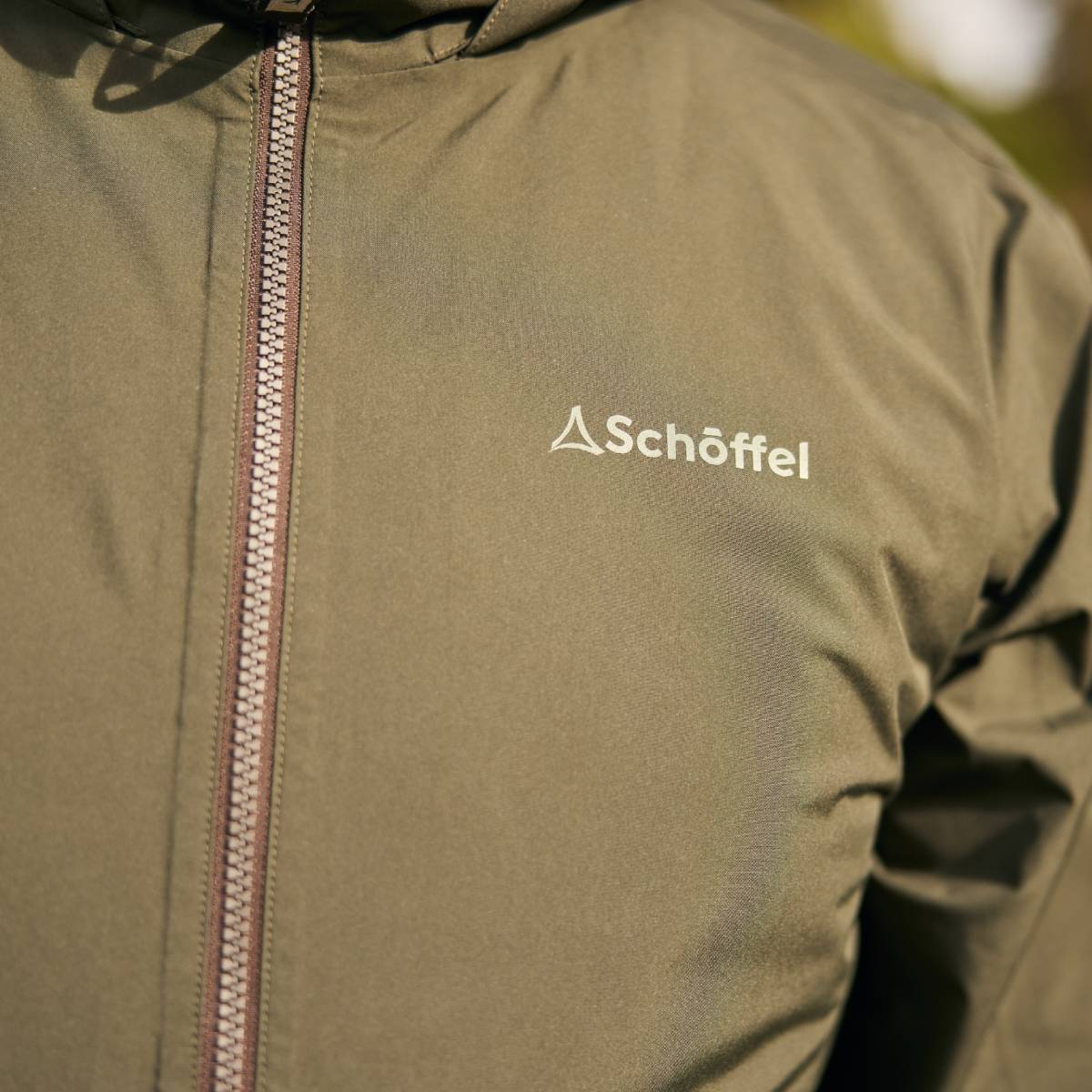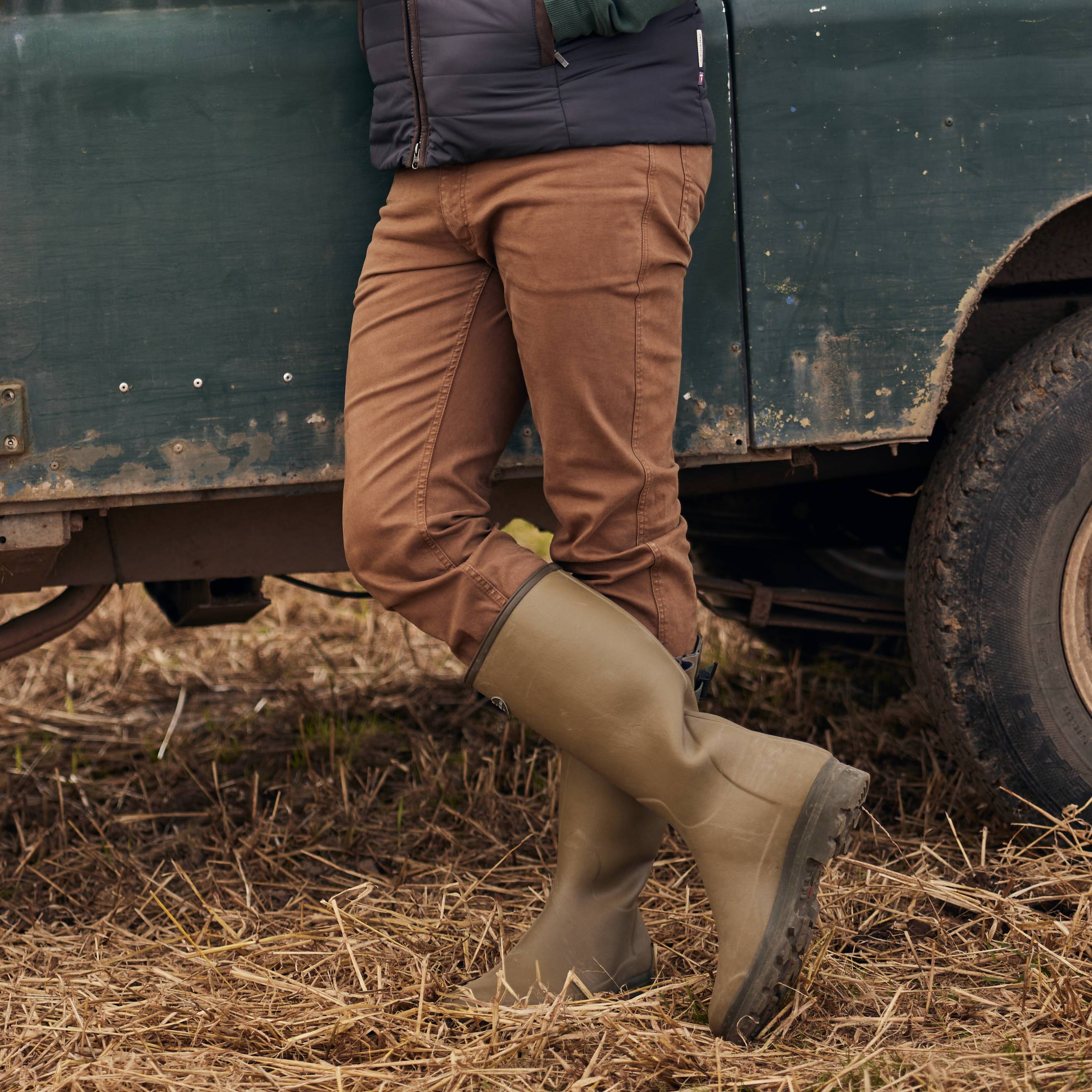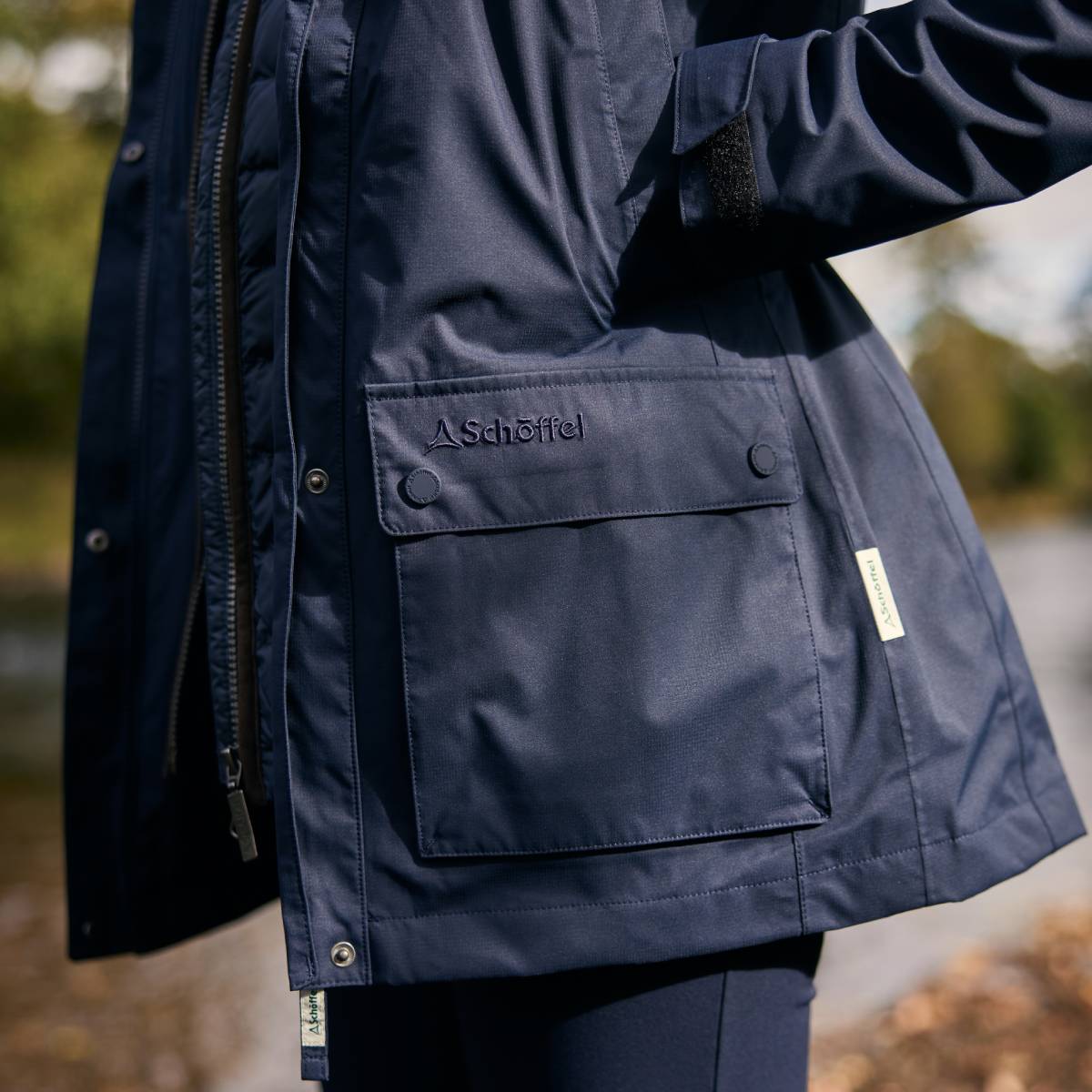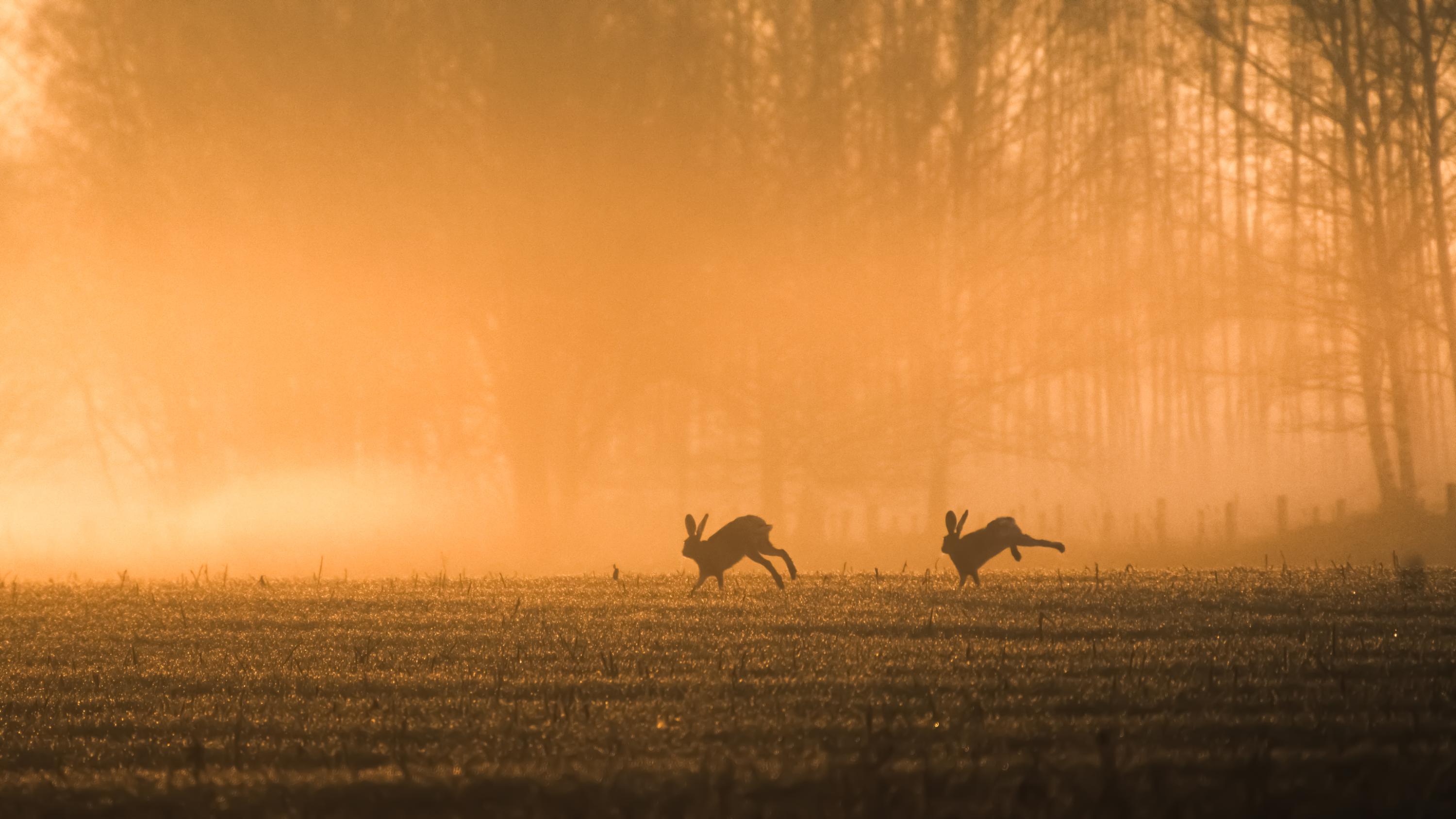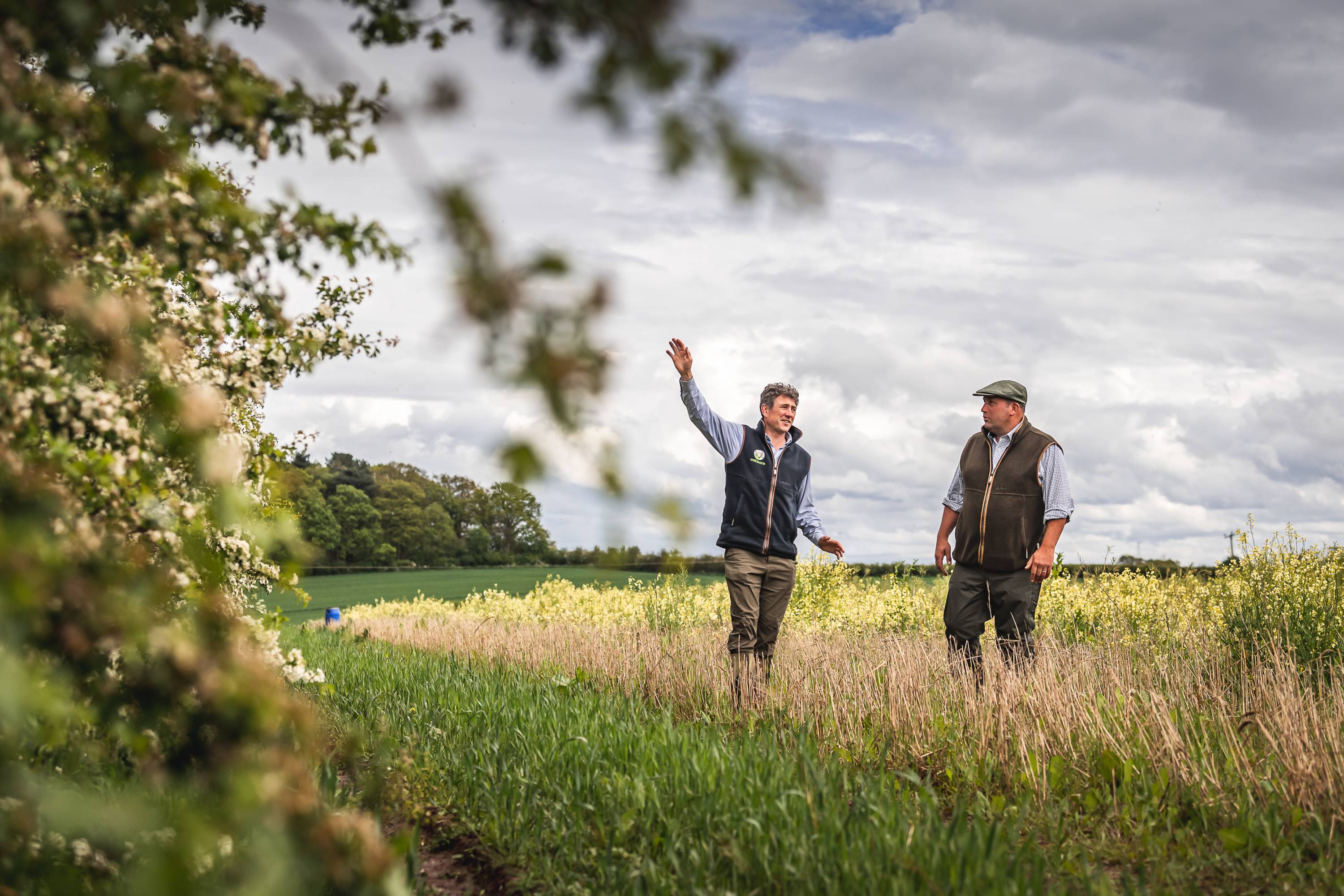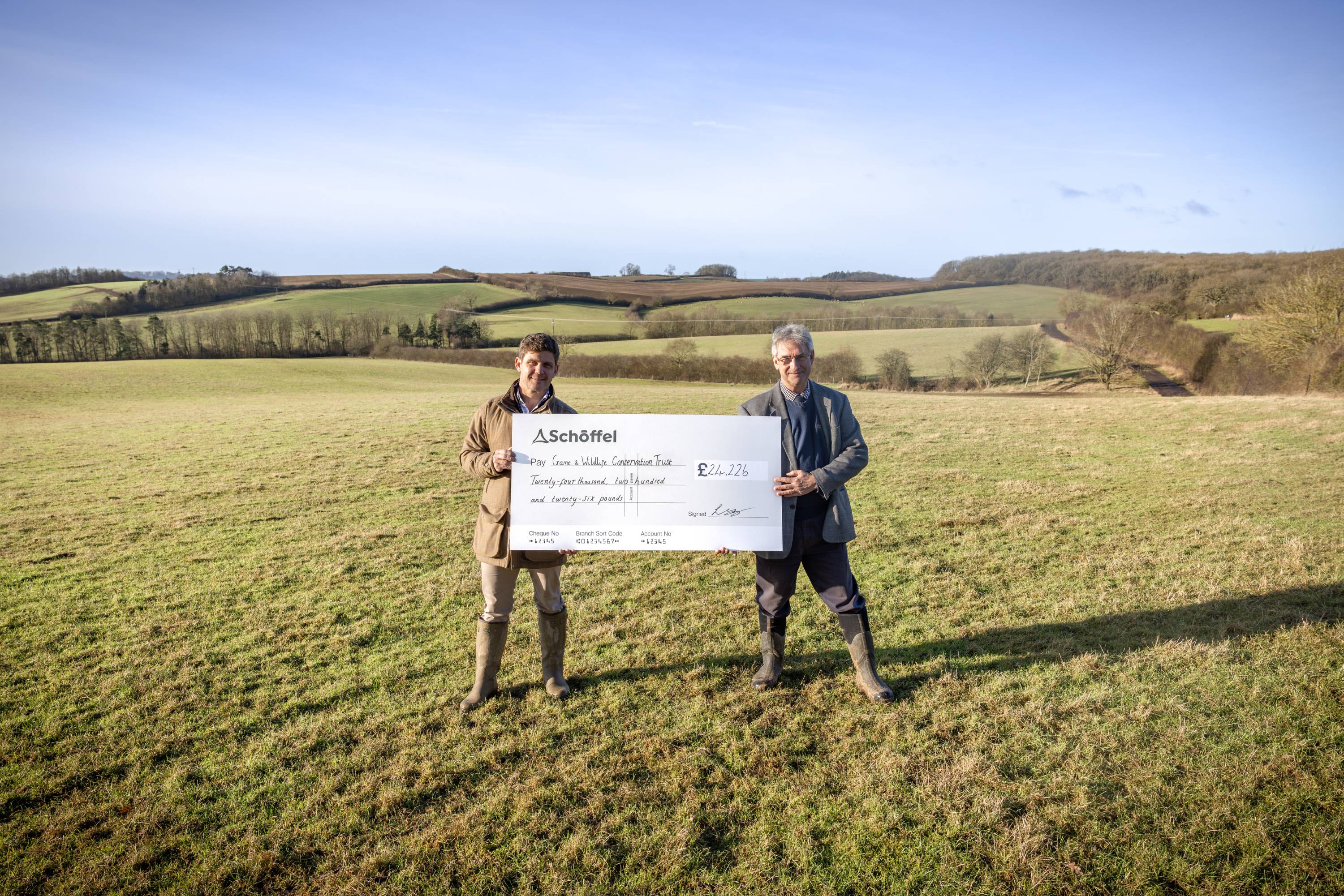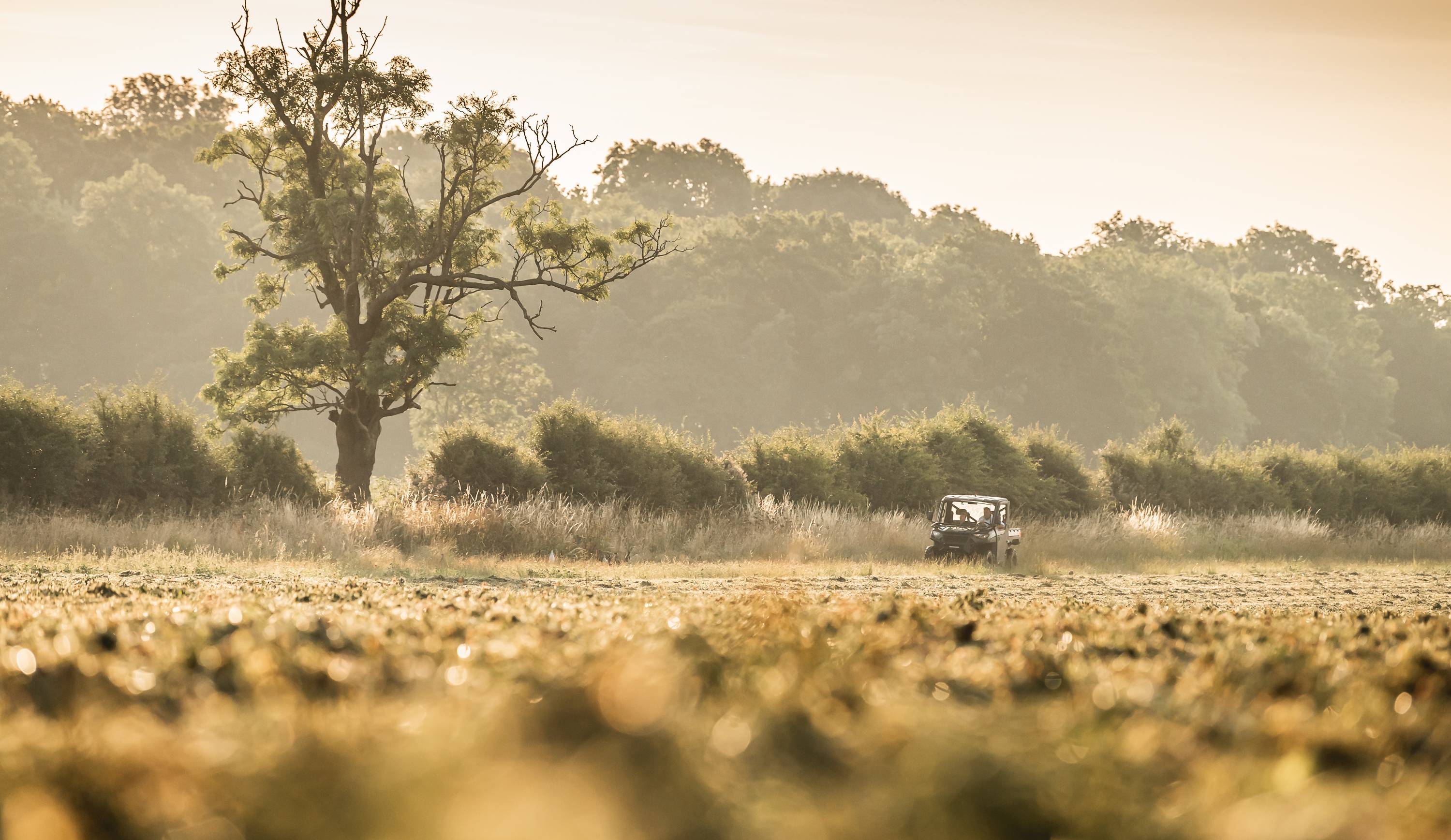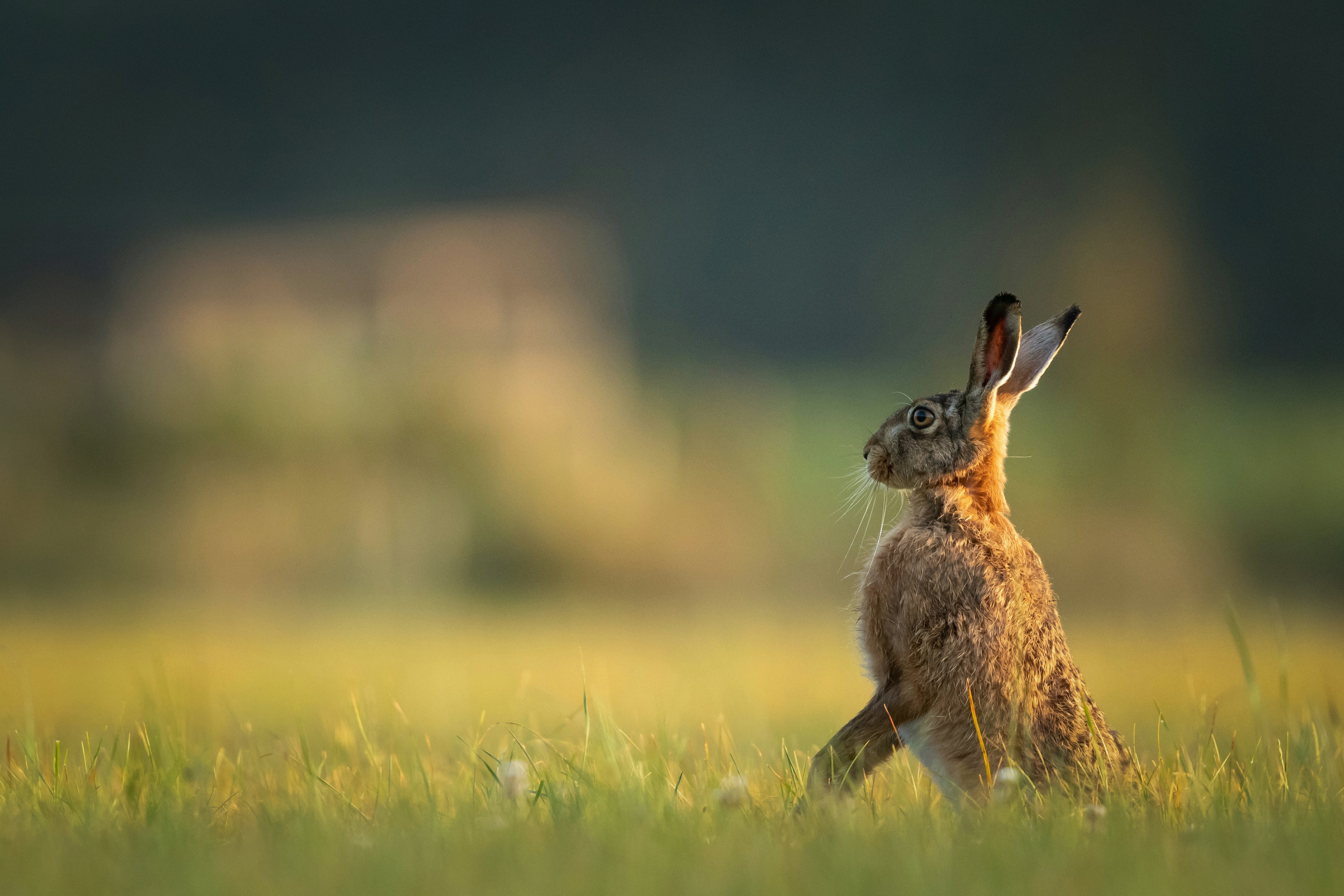
Godmersham Park: a blue print for balance
A flourishing natural environment needn’t come at the expense of profitability. We visited a purdey award-winning estate in kent to learn more about its forward-thinking approach to woodland and hedgerow management – and we left full of optimism...
Two mice lay outstretched in the Land Rover’s cubby hole before me. “Ah, for the barn owl,” explained Ben, having caught my gaze. “They’re fresh from the trap line in the Big House.” As the rasp and rattle of the truck took us away from the estate office where we’d met half an hour earlier, Godmersham Park opened up about us and Ben (Palmer – the man who has overseen its management since 2015) told me about the bird which visits his garden most evenings for a free supper.
I hadn’t been to this part of the world before and couldn’t help but decide early that I’d jumped straight to the best of it. Godmersham is a picture-postcard village nestled smack-bang between Ashford and Canterbury in the Kentish North Downs. I’d heard good things about the 900 acres I was about to be shown around, and, even as the landscape wore the drab garbs of early February, I was excited to see what all the fuss was about.
Before long we’d stopped by a block of woodland on the estate’s easternmost boundary, where we found another Ben – estate woodsman Ben Ballard – getting to grips with some storm-blown ash. He cut the engine on his saw and walked over to greet us. The hum of traffic on the adjacent A28 replaced the two-stroke’s throaty snarl without a beat.
“We’re having a bit of a clear-up,” Ben explained, lifting the visor on his helmet. “There’s a lot of fallen timber in here.” He described how the ivy burden on some of the trees was acting like a sail, making them vulnerable in strong winds. “We leave it on where we can, though, just like we leave many of the fallen trees to become deadwood.”
The woodsman’s calm and steady demeanour seemed in keeping with his ethos when it comes to looking after the 250 acres of woodland that have been his workplace for 20 years now. It’s a long game; his activity today will shape how the landscape looks decades and centuries into the future.
“Our overarching aim is to create and maintain diverse woodland – habitats with trees of various ages, at different growth stages that offer a mix of things to a range of wildlife.
“We’re trying to provide continuous cover but also create niches for lots of species.” And with semi-natural woodland, chestnut coppice, and old stands of massive, veteran beech trees under his watch, that’s a multifaceted task.
The importance of deadwood
Deadwood is treated as an important habitat in its own right on the estate, so tidiness is avoided. “There used to be a rule that you should aim for 20 tonnes of deadwood in every hectare of woodland,” Ben added as we began walking. “Obviously we remove trees that are dangerous, but otherwise I tend to leave everything that is already rotting, and just take some of the best bits for firewood. Large branches can act like a bit of a fence, sheltering any natural regen and making it harder for deer to get to. They make good flushing points on shoot days, too. And trees are always left alone if I see fungi on them.” He laughed but I sensed he wasn’t joking.
A keen photographer of all things fungi, Ben has a sharp eye for his favourite subject. Not far into our stroll along one of the cleared rides, he pointed out a smattering of vibrant red oddities on the horizontal trunk of a rotting goat willow. “Scarlet elf cups,” he smiled, leaning down beside them for a closer look. I wondered how many people would have walked straight by them, totally oblivious. For Ben, such encounters are a reminder of his role in a living landscape. “If I find something interesting, I’ll often come back to it later with my camera,” he told me. His rarest find at Godmersham, which fruits in the hollow of the same beech tree every autumn, is a species called bearded tooth.
The first of the snowdrops were poking proudly through the leaf litter as we passed tall stacks of cut timber and headed to Ben’s nursery, a rectangle of rabbit-fenced trenches where bare-rooted saplings are given a head-start before being planted in the surrounding woodland.
The whippy tops of a few dozen young trees and shrubs – a mix of privet, beech, wild cherry, lime, and hazel – stuck out from the folded top of a half-tonne sack. “We’ll plant these out individually, in lines,” he said, “then hoover them up next winter. Some will be used to restock the pheasant pen woods.”
Once upon a time Ben could guarantee natural regeneration of ash would fill a hole left in a woodland by wind-blown trees, but with ash dieback now ravaging the species, that’s changed, and sycamore seems to be taking the baton. “For the last 10 years, we’ve trained a lot of focus on ash trees, removing those with dieback and replacing them with other species. It’s a great shame.
“The trouble is, sycamore doesn’t let as much light through to the forest floor as ash, so you don’t get the same understorey. It’s also a favourite of the grey squirrel…”
Woodland vandals | the grey squirrel in british woodlands
The grey squirrel is widely considered to be one of the greatest threats to the UK’s woodland. A non-native species from North America, it was first introduced here in the late 1800s. Today the bark-chewing nest raiders are a huge problem.
“We often talk about the threats posed by diseases, but how many people would look at a tree and think ‘that’s been damaged by squirrels’,” Ben started. His tone had changed. “That’s why it’s helpful having the gamekeeper, Adam, who is very active with his squirrel control.”
Every winter, Adam’s trapping regime accounts for 200 or more of the bushy tailed vandals, yet there’s a clear sense that his efforts are only scratching the surface of a much wider issue. “It’s difficult to put a real dent in their numbers,” Ben continued. “Like deer, they soon move in from other areas where their populations are left untouched; nature abhors a vacuum. And I think most of the damage to our trees by squirrels is done in May and June when the sap’s up.”
On our way back to the vehicles, we paused to look at three dead oaks that were planted at the turn of the millennium. Ben P had rejoined us after catching a stray spaniel and reuniting it with its owner. He pointed to where squirrels had stripped the bark right the way around the trunks of their sorry looking victims. “That’s classic ring barking,” he said. “We have stands of beech that were planted on this estate just after the Second World War, and they seemed to get away without too much damage. Anything established in the past 30 or 40 years, though, has been hit hard.”
A wholesale solution to the problem doesn’t appear to be on the horizon, but improved grant support could persuade more landowners to extend their squirrel control efforts. “It was announced recently that payments of £60 per hectare will be made available to those who work with their local Forestry Commission woodland officer, undertake habitat impact surveys, and follow a cull plan,” Ben P added. The woodsman nodded his head. “Something needs to be done. When you see this sort of damage every day, it’s almost enough to put you off planting certain species completely.”
Hedgerows with value | Making it pay
Connecting the blocks of woodland at Godmersham is an ever-expanding network of hedgerows. Since 2015, more than three miles of them have been planted, and now every stretch serves as a permanent feature around which Ben P can, as he put it, “soften the edges” of the estate’s arable land.
We continued, away from Temple Wood, and soon stopped at a thriving case in point that was planted eight years ago. Hawthorn, viburnum, spindle, dogwood and hazel all featured. “The colour of this in autumn is quite something,” Ben B told me as he looked proudly upon its naked tangle. He explained how emphasis is given to keeping them wide and dense, so they provide shelter from inclement weather and protection for smaller birds from the likes of sparrowhawks. The tree sparrows in particular, I was told, have surged in numbers with the added habitat and approach taken.
On the other side of the hedge, a downland bank of permanent pasture climbed up and away from us. Previously grazed hard by sheep, it is now grazed much more sympathetically by cattle at specific times of year, to create a tussocky, flower-rich structure ideally suited to small mammals and the endangered black-veined moth. But it was the 18-metre buffer strip we were standing next to that grabbed me. “The arable field used to run all the way up to the track,” explained Ben P with an arm outstretched. “Now the first six metres consist of a wildflower and tussocky grass margin, followed by a six-metre strip of pollen and nectar mix, and then a six-metre wild bird seed mix. Come summertime, this is alive with birds and insects.”
We were looking at one piece of a big puzzle that spreads right across the estate’s farmland. “Every one of these habitats has to pay its way,” Ben P stated. “I need to be comfortable that the payments we get for establishing them at least meet the rental payments per hectare we’d get from tenant farmers. These options here do – and some. The cost of establishment is pretty minimal.” He pointed to a cocksfoot beetle bank on the far side of the field. “We get in excess of £500 a hectare for that. And you can now be paid over £20 a metre for planting hedgerows”.
Financial feasibility is clearly one factor that is central to making it all work; the second biggie, though, is passion. “If you really care about the process, it is so rewarding to see the species – from the linnets and the yellowhammers to the brown hares and the grey partridges – that are thriving as a result of the changes,” added Ben. “Combined, these measures really do make such a difference.”
Further along the same track, we reached one of the shoot’s three pheasant pens, beside which a plot of younger trees had been planted in 2016. “We look at this as a sort of second succession,” explained Ben as we peered along the rows at hazel, crab apples, field maple, firs and evergreen holm oaks. “It does a great job of sheltering the main wood, and the tussocky grass in its bottom is ideal for voles, so the birds of prey like it, too.”
The pheasant pen itself was large and took in a blend of mature woodland, open ground and younger trees. Bird boxes peppered trunks at every turn and Ben the woodsman shared his plans to remove some of the cherry and larch and then restock gaps with younger trees. “Combined with pruning, this creates the different layers and diverse understorey that we’re aiming for,” he told me.
Making a difference to farmland birds
It was inevitable that we’d gravitate towards the old oak tree at the far end of the pen. Gnarled, fissured and full of character, the two Bens agreed that it was mostly likely planted around the same time as the big house was built, in 1732. White splashes at its base served as tell-tale signs of a regular visitor. “Barn owls regularly nest in its cavities,” Ben P said as he rooted among the leaf litter and retrieved an owl pellet as proof. The bones of 4 or 5 mice fell about in his palm as he pulled it apart.
Barn owls do particularly well at Godmersham, Ben reckons, because there’s so much rough edge habitat around the woodlands. “In more open countryside, you’re relying heavily on short-tailed voles as the primary food source all the way through the year,” he said. “Here, we have a big lump of wood mice, too.”
And where you have mice, you have owls. Last year they counted 4 pairs of breeding barn owls, 5 pairs of little owls, 4 pairs of kestrels, and saw tawny owls in most of the woods. “The majority of the nests we found had three or four youngsters, and we worked out that if each chick ate two vole-sized meals per night, just the ones that we knew of needed up to 200 small mammals per night.”
Supplementary feeding | A boon for wildlife
When broken down into numbers, the value of what the team at Godmersham is doing takes on a new dimension. The seven supplementary feeding stations, for example, are filled with more than three tonnes of seed every year, for which the estate also receives grant support.
All kinds of songbirds make the most of this special mix – think black sunflowers seeds, canary seed, linseed, oilseed rape, red and white millet – throughout winter and the ‘hungry gap’ that lasts into April. “When we get a cold spell, it really does pull birds into these areas and highlights the value of the feed,” Ben told me.
Mist netters were due to do their thing the week after my visit and document the birds using these areas. Weather conditions were far from favourable, but it turns out they recorded just under 100 birds, including yellowhammers, reed buntings, linnets, blue tits, great tits, coal tits, long-tailed tits, greenfinches, house sparrows and a greater spotted woodpecker. Much to the delight of twitchers from all over the South East, a rare little bunting is now regularly using one of the feeding stations, too.
Nightjars, dormice and glow worms
The areas of mature beech woodland at Godmersham offer quite a different habitat, as do the blocks of chestnut coppice that are now managed by a contractor linked to the nearby biomass plant.
En route to take a look, we passed a few high seats and one of Ben B’s hedgerows that was protected by a couple strands of electric fencing – two methods used in tandem to address pressure from deer. “Adam and a few members of the syndicate manage the fallow,” he explained.
The truck rolled to a stop on a ride between the barcode-like copse and more open traditional Kentish woodland. Huge veteran beeches towered over us as the woodsman led the way into the latter and described how a sea of bluebells carpets its floor every April. “We found dormice in here last year,” he added. “I was removing some of the tree guards and found one curled up in its torpor.”
On the other side of the ride, the coppice, which is cut on a rotational basis every 15 years, offers something very different to wildlife. The quality timber is used for posts and rails, and the brash collected as biomass plant fuel – but during its earlier growth stages, when increased levels of sunlight penetrate the sparse canopy, germination of a rich array of plant life is triggered, benefiting myriad insects, reptiles and birds, among them a couple of otherworldly species. “It’s pretty special coming here on a summer’s evening and listening to the churring of nightjars (Google ‘nightjars’ if you’re not familiar with the bizarre sound) and spotting the ethereal luminance of the glow worms,” said Ben P.
Shooting and conservation – aren’t they one and the same?
We found Adam the gamekeeper at the workshop, covered in sawdust with pieces of timber all about him. It was the day after Beaters’ Day, his first day after the end of another shooting season, and he was busy making the latest batch of bird boxes.
“There must be 400 of them on the shoot now,” he estimated. “Last year, when we went around and looked at them, roughly 75% were being used, and the average brood size was 7 or 8. When you start to think about the numbers and scale them up, you realise how much of a difference these things can make. That could be 2,500 birds a year fledged off the back of what we’re doing with this…” He pointed to the boards of Siberian larch, a wood he favours because of its strength and resistance to rotting, stacked and ready to be sawn and drilled. “The aim is to make another 100 boxes this year,” he mentioned while explaining how he reinforces the entry holes with metal plating to stop squirrels from gaining access.
The boxes themselves are made in various styles to suit different species. According to Adam, the 10 pairs of spotted flycatchers that live around the estate cottages seem to like the open-fronted designs, whereas the house sparrows around the stables and office have taken well to the smaller boxes that replicate the natural cavities they’d normally be looking for. Wherever possible the boxes are placed with entry holes facing north-east, out of the prevailing wind. As with every other biodiversity-enhancing feature I’d been shown during the day, thought and care were front and centre.
It struck me as we trundled back to the estate office – stopping on the way to fill up a few feeders – how hopeful and positive I suddenly felt. At a time when headlines relating to the state of nature are often stark and make for gloomy reading, time spent in a working landscape where a fine balance is being struck between profitability and a flourishing natural environment, with people who are so clearly very passionate about improving the countryside however they can, really is about as uplifting as it gets.

